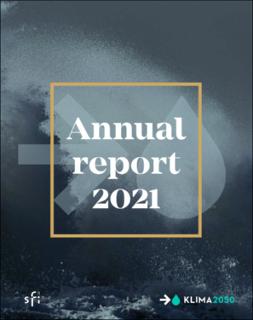| dc.description.abstract | Preface.
During the summer of 2021 we were once again witness to dramatic climate-related events, this time linked to heavy rains and flooding in continental Europe. All this happened at about the same time as the IPCC published its 6th report, re-emphasising in the strongest possible terms the seriousness of the current situation.
The production of more knowledge about climate adaptation, as well as risk reduction strategies linked to climate change and increasing levels of precipitation in the built environment, is the social responsibility of the Klima 2050 Centre. As well as generating innovations and increased wealth creation for our partners, we all recognise that our work at the Klima 2050 Centre is part of a much bigger exercise in social responsibility.
The centre has previously made it clear how many Norwegian government ministries and public sector agencies have a role in the field of climate adaptation, but it is the local municipalities that have the primary responsibility for applying adaptation strategies in Norway. They have responsibility for holistic planning and risk management, as well as for community safety. The Norwegian Municipal Planning Act is key to all land management and building activities in Norway, and the municipalities have a duty to adapt their infrastructure to anticipated changes in climate, and to put measures in place to prevent damage and injury. Climate change thus puts ever-increasing pressure on the Norwegian municipalities.
Throughout 2021, the Klima 2050 Centre has contributed with research and innovations as part of our greater social responsibility. The building and construction sector is made up of more than 50,000 companies and employs 250,000 people, all of whom must contribute to the best of their ability towards reducing societal risk and adapting buildings and infrastructure to the threats posed by climate change. Much of our research is made available to the sector and those who work there.
In 2021, we have taken part in a number of projects and co-creational initiatives with players in the private and public sectors and other research centres, focusing on issues of interest also to many stakeholders outside the Centre’s partnership group. We have developed guidelines that are of benefit to the municipalities and have participated in the work to revise BREEAMNOR, which is the most frequently applied building certification system in Norway. We link our research to other Norwegian initiatives and projects such as the Natural Hazards Forum, the Norwegian water sector organisation Norsk Vann, and SINTEF Building Research Design Guides. These are important fora for the dissemination of our research results. This year’s Annual Report is full of stories highlighting the Centre’s exercise of its social responsibility. | en_US |
